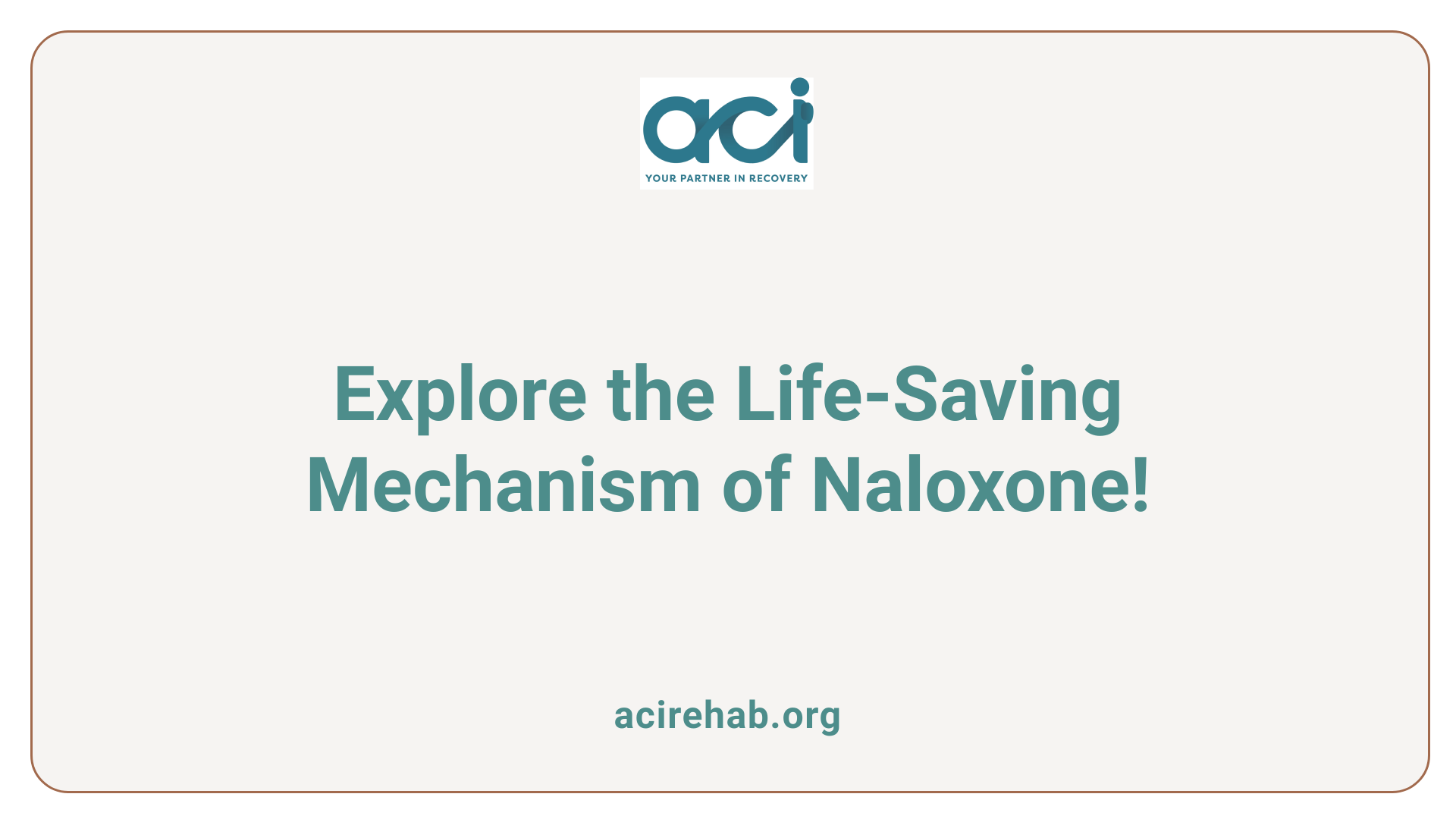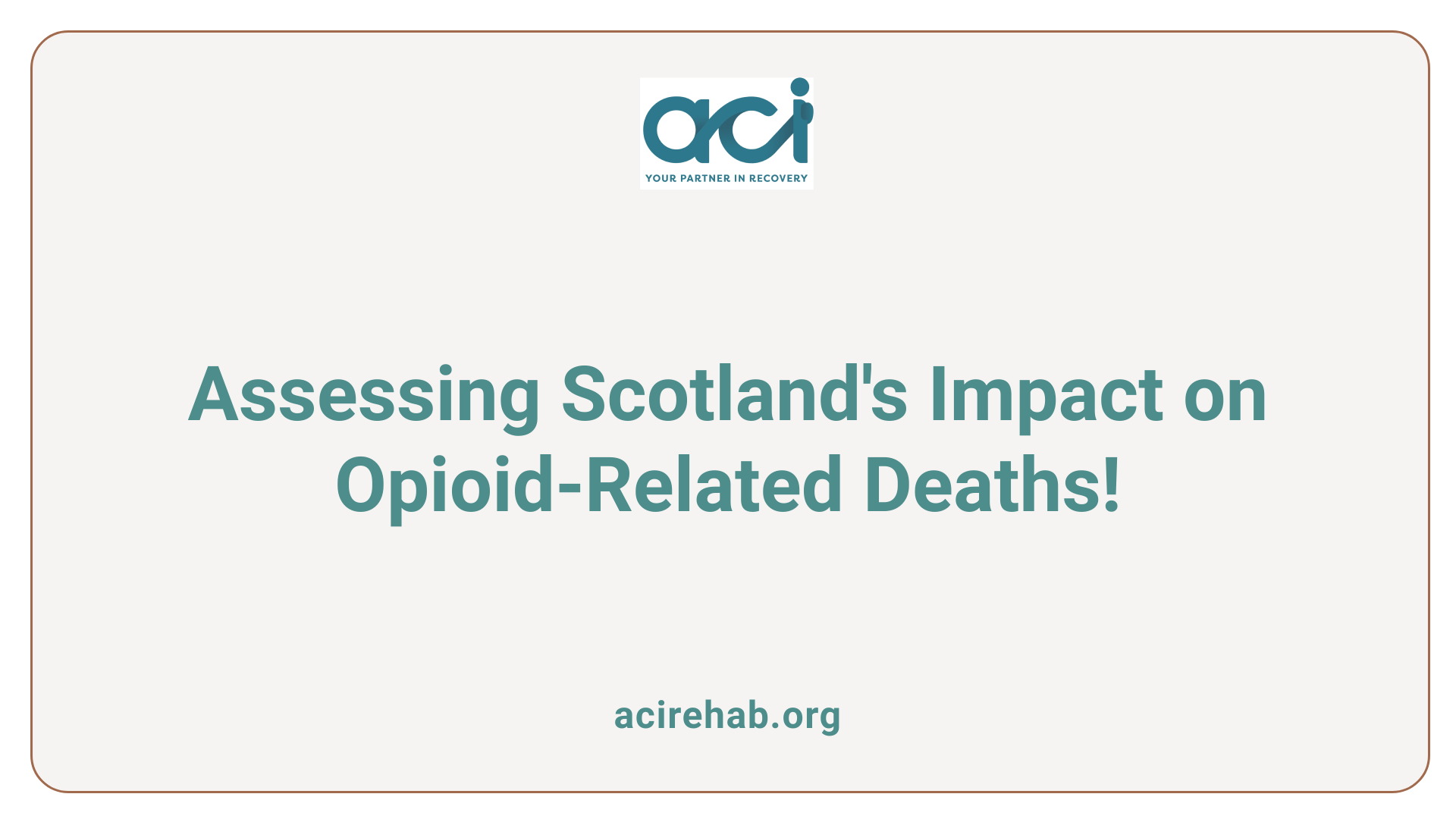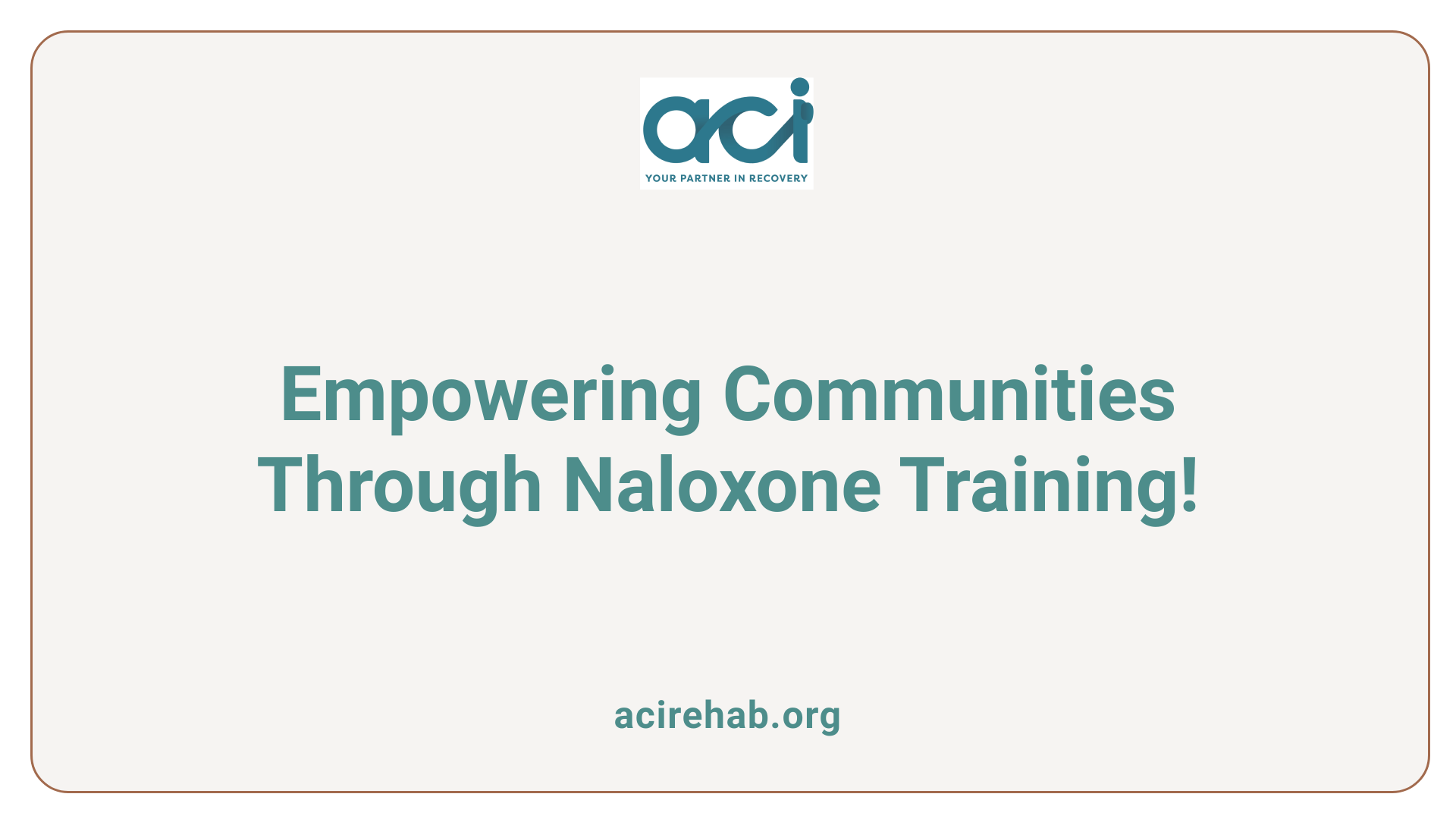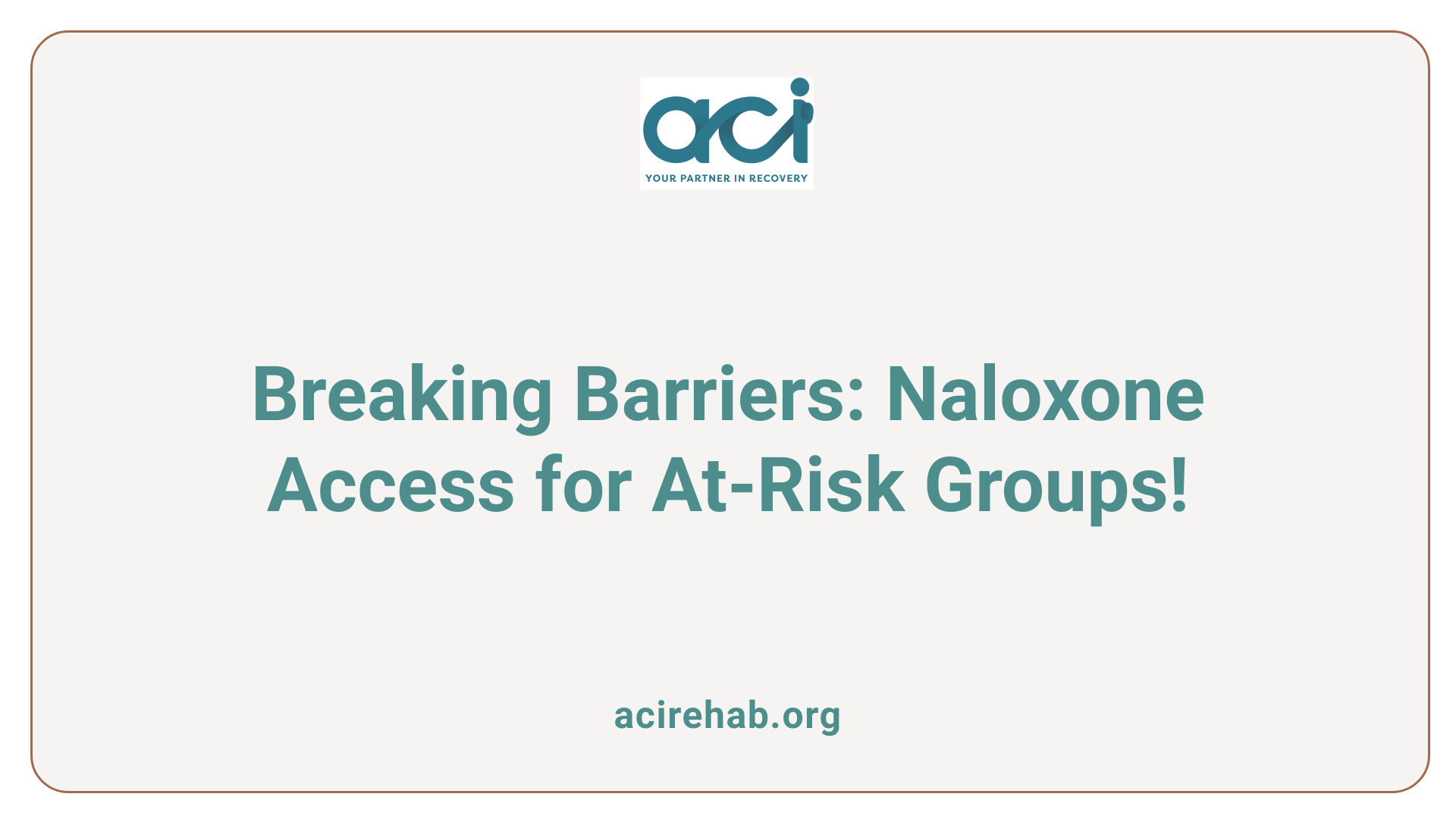A Groundbreaking National Initiative
Since its inception in 2011, Scotland’s National Naloxone Programme (NNP) has stood as a pioneering effort in the global fight against opioid-related deaths. As the first country to implement a national policy on take-home naloxone (THN), Scotland’s approach has been both comprehensive and data-driven, addressing the multifaceted challenges posed by opioid addiction and overdose.
Understanding Naloxone and Its Life-Saving Mechanism

What is naloxone and how does it work to reverse opioid overdoses?
Naloxone is a critical medication used to quickly reverse the effects of an opioid overdose. It functions by binding to the same receptors in the brain that opioids target, effectively blocking their action. This blockage reverses respiratory depression, which can be life-threatening during an overdose.
Administered via injection or nasal spray, naloxone can restore normal breathing in just a few minutes when someone has stopped breathing due to an overdose. It’s worth noting that naloxone is not a substitute for medical attention; individuals still require emergency care following its administration.
Functionality in opioid overdose
During an opioid overdose, individuals may lose consciousness and experience severely depressed breathing. Naloxone acts rapidly to counter these effects, allowing for critical interventions that can save lives. For instance, it is highly effective in situations involving heroin or prescription opioid overdoses, where immediate action is vital to avoid fatal consequences.
Role in addiction treatment
In the context of addiction treatment, naloxone plays a supportive role. Individuals entangling in drug misuse can access naloxone kits through services provided by the NHS or community programs. GPs can recommend local drug treatment services which offer a range of support options, including talking therapies and substitute medications.
This multifaceted approach not only aims to prevent fatal overdoses but also addresses ongoing addiction challenges, creating pathways for long-term recovery.
Health and Safety: Administering Naloxone
Can naloxone be administered safely to someone who is not experiencing an opioid overdose?
Naloxone, an opioid antagonist, can be safely administered to individuals who are not experiencing an opioid overdose. Since it specifically targets the effects of opioids, it will not negatively affect someone without opioids in their system. This means that administering naloxone in such cases will not lead to psychoactive effects or any significant adverse reactions.
However, while naloxone won’t cause harm, it also won’t address other medical emergencies that a person might be facing. Therefore, it is crucial to seek immediate medical attention for any medical emergency after administering naloxone.
Important Considerations
- Emergency Response: Always call emergency services even if naloxone is administered.
- Awareness of Symptoms: Be able to recognize the signs of an opioid overdose to determine when naloxone is necessary.
- Training: It is beneficial to undergo training for administering naloxone and understanding its uses thoroughly.
Evaluating the Effectiveness of Scotland’s National Naloxone Programme

How effective has Scotland’s National Naloxone Programme been in reducing opioid-related deaths?
Scotland’s National Naloxone Programme (NNP), launched in January 2011, has made significant strides in decreasing opioid-related deaths, particularly among individuals recently released from prison. Data collected from a study comparing years before and after the programme’s initiation indicates impressive results.
- Reduction in Deaths: The percentage of opioid-related deaths occurring within four weeks of prison release fell from 9.8% (2006-2010) to 6.3% (2011-2013). This marks a 36% reduction in deaths during this critical period.
- Impact on High-Risk Groups: This decline translates to an estimated 42 fewer opioid-related deaths among those recently incarcerated, highlighting the program’s targeted effectiveness.
- Naloxone Kits Issued: Approximately 12,000 naloxone kits were distributed at a cost of around £225,000, emphasizing the investment in public health initiatives aimed at preventing overdoses.
- Overall Significance: The NNP has been pivotal in addressing the mortality rates from opioids in Scotland, where the average annual deaths from overdoses number around 400-500 prior to the programme. This success underscores the necessity of continuing and expanding such public health interventions.
The results from the National Naloxone Programme underscore its essential role in combating the opioid crisis in Scotland, reflecting a crucial effort in public health policy aimed at reducing tragic loss of life due to overdoses.
Community-Centric Initiatives and Training Programs

What is the importance of naloxone in harm reduction strategies?
Naloxone is pivotal in harm reduction strategies by acting as a life-saving intervention during opioid overdoses. Its availability enables bystanders, often non-medical personnel, to respond effectively in emergencies. The simplicity of naloxone’s administration increases accessibility, fostering a community-wide safety net.
When administered quickly, naloxone can reverse the effects of opioids, restoring normal breathing in those experiencing overdoses. This immediate access significantly contributes to reducing fatal outcomes, which is especially crucial given that opioids are implicated in a high percentage of drug-related deaths in Scotland.
Role of community stakeholders
Community stakeholders, including local organizations and health services, play a vital role in distributing naloxone and educating the public. Initiatives like the Peer Naloxone Education team in Edinburgh have significantly impacted public health. They actively distribute kits and provide training on their usage, ensuring that even those at high risk, such as individuals released from prison, have access to this critical resource.
Training and awareness campaigns
Awareness campaigns are essential in destigmatizing drug use and overdose risks. The campaign "How to Save a Life" resulted in a 126% increase in naloxone distribution, demonstrating the effectiveness of community engagement. Programs aim to equip the public with knowledge about overdose recognition and naloxone use, ensuring that community members can act swiftly when needed.
Distribution efforts
Between 2020 and 2023, Scotland saw significant strides in naloxone distribution through both official channels and community actions. The Scottish government has put policies in place to enhance kit distribution and education, aiming to save lives by providing naloxone kits widely and training citizens in its use. This approach emphasizes a critical shift towards community responsibility and proactive harm reduction in addressing the opioid crisis.
Reaching At-Risk Populations and Overcoming Barriers

Impact on At-Risk Groups
Scotland’s National Naloxone Programme (NNP) demonstrates a notable impact on reducing opioid-related deaths (ORDs) among high-risk populations, particularly individuals recently released from prison. Before the program began, nearly 10% of ORDs were in individuals released from prison within four weeks of death. Post-implementation, this figure dropped by 36%, translating to about 42 lives saved in a crucial period for those vulnerable to relapse.
Distribution Through Prisons
The proactive distribution of naloxone kits in prisons is critical. From 2011 to 2012, 715 naloxone kits were distributed through Scottish prisons, helping to address the heightened risk of overdose immediately following incarceration. This targeted approach emphasizes the necessity of providing naloxone access in settings where individuals are at high risk of drug-related harm.
Barriers and Facilitators to Naloxone Access
Despite these advancements, barriers persist, including stigma and a lack of awareness about naloxone. Community education remains vital; many individuals approached by naloxone distribution teams were familiar with the drug but were reluctant to carry it. Ongoing outreach efforts aim to address these gaps, ensuring naloxone remains accessible and effective during crisis situations.
A Model for Global Public Health
Scotland’s bold approach with its National Naloxone Programme not only demonstrates significant strides in combating opioid-related deaths but also serves as a model for effective public health interventions worldwide. By prioritizing harm reduction, stakeholder collaboration, and community engagement, Scotland has set a precedent in addressing one of the most pressing drug crises, underscoring the broader potential for such strategies in regions grappling with similar challenges.
References
- Effectiveness of Scotland’s National Naloxone Programme for …
- Take-home naloxone to prevent fatalities from opiate-overdose
- Using naloxone to saves lives in Scotland | Change Grow Live
- Stop The Deaths
- Carriage of Naloxone by Police Scotland officers
- Scottish national naloxone programme saved lives after release …
- Naloxone kit supply may have saved almost 1400 lives in 2020 …

